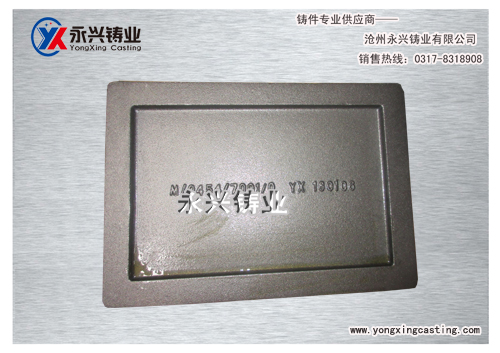 compressor body coverYongxing foundry is a collection of casting, machining large-scale foundry enterprises...
compressor body coverYongxing foundry is a collection of casting, machining large-scale foundry enterprises...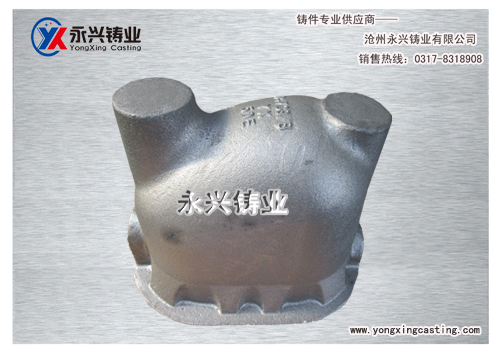 pump body castingYongxing foundry is a collection of casting, machining large-scale foundry enterprises...
pump body castingYongxing foundry is a collection of casting, machining large-scale foundry enterprises...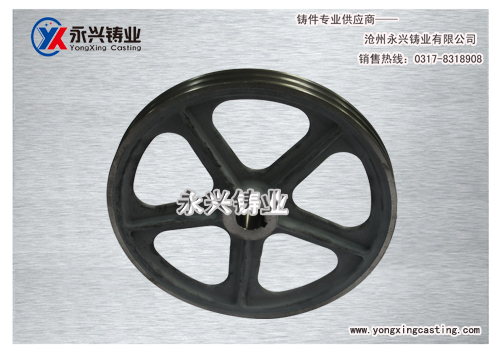 service elevator main rope sheaveYongxing foundry is a collection of casting, machining large-scale foundry enterprises...
service elevator main rope sheaveYongxing foundry is a collection of casting, machining large-scale foundry enterprises...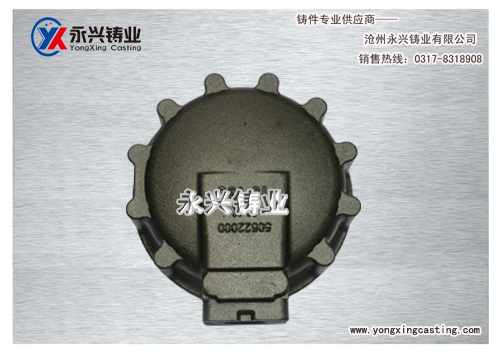 half seal compressor body coverYongxing foundry is a collection of casting, machining large-scale foundry enterprises...
half seal compressor body coverYongxing foundry is a collection of casting, machining large-scale foundry enterprises...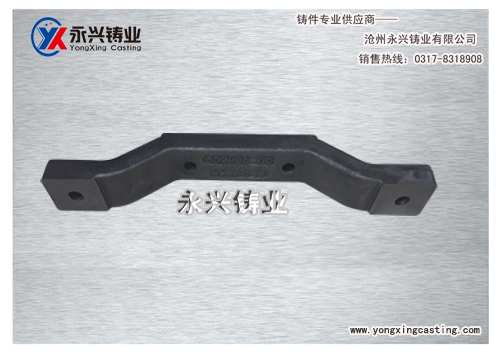 supportYongxing foundry is a collection of casting, machining large-scale foundry enterprises...
supportYongxing foundry is a collection of casting, machining large-scale foundry enterprises...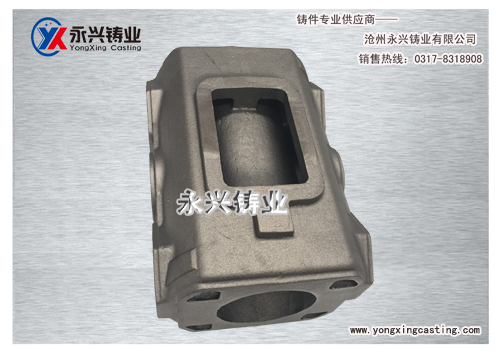 cylinder bodyYongxing foundry is a collection of casting, machining large-scale foundry enterprises...
cylinder bodyYongxing foundry is a collection of casting, machining large-scale foundry enterprises...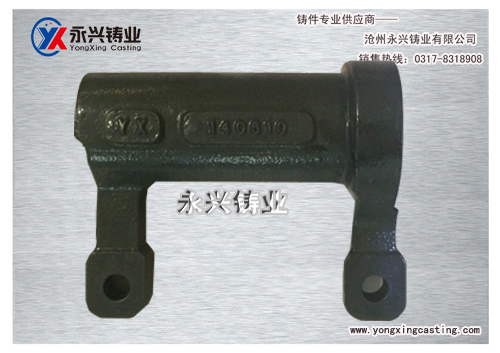 housing level sensorYongxing foundry is a collection of casting, machining large-scale foundry enterprises...
housing level sensorYongxing foundry is a collection of casting, machining large-scale foundry enterprises...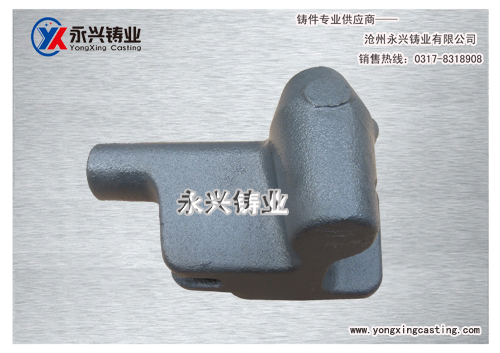 pump bodyYongxing foundry is a collection of casting, machining large-scale foundry enterprises...
pump bodyYongxing foundry is a collection of casting, machining large-scale foundry enterprises...According to the use of different purposes, has designed and manufactured a variety of thermometer. The design is based on the results of the use of solid, liquid and gas is affected by temperature and thermal expansion and contraction phenomenon. Under the condition of constant volume, the pressure of gas (or vapor) varies with temperature, the effect of thermoelectric effect, the change of resistance with temperature, the influence of thermal radiation, etc..
In general, any physical property of any substance, as long as it changes with the temperature of the monotonous, significant changes can be used to mark the temperature and made into a thermometer.
Working principle of various thermometer
1. Gas thermometer: use hydrogen or helium as the temperature measurement material, because the hydrogen and helium liquefaction temperature is very low, close to absolute zero, so its wide range of temperature measurement. This thermometer is of high precision and is used for precision measurement.
2. Resistance thermometer: divided into metal resistance thermometer and semiconductor resistance thermometer, are based on the resistance value with the temperature of the characteristics of this. Metal thermometer mainly platinum, gold, copper, nickel and other pure metals and rhodium iron, phosphor bronze alloy; semiconductor thermometer mainly with carbon, germanium, etc.. Resistance thermometer is convenient and reliable, and has been widely used. The measuring range is -260 DEG C to 600 DEG C.
3. Thermocouple thermometer is a widely used industrial temperature measurement instrument. Making use of thermoelectric phenomena. Two different metal wires are welded together to form a working end, and the other ends are connected with the measuring instrument to form a circuit. When the working end is placed at the measured temperature, the temperature of the working end and the free end is not the same. It is possible to measure the temperature at the other place by the measurement of the electrical quantity, using the known temperature. The utility model is suitable for the two materials with large temperature difference, and is used for high temperature and low turbidity measurement. Some thermocouple temperature measurement can reach 3000 DEG C, some can measure temperatures close to absolute zero.
4. Thermometer: refers specifically to a thermometer to measure the temperature of above 500 DEG C, with optical thermometer, Colorimetric Thermometer and radiation thermometer. The principle and structure of high temperature thermometer are more complex, here is no longer discussed. The measuring range is 500 DEG C to more than 3000 DEG C, which is not suitable for measuring low temperature.
5. The pointer thermometer is shaped like a thermometer dashboard, also known as a thermometer, used to measure the temperature, with metal expansion and contraction principle. The utility model relates to a double metal sheet as a temperature sensing element. Double sheet metal is usually with copper and iron riveted, and copper on the left and right in the iron. Due to the thermal expansion and contraction effect than copper iron obviously, so when the temperature rises, the copper iron pull bends to the right pointer in bimetallic drive right deflection (pointing to the high temperature); on the other hand, the temperature is low, the pointer in bimetallic drive is deflected to the left (pointing to the low temperature).
6. Glass thermometer: glass thermometer is to realize the temperature measurement based on the principle of thermal expansion and contraction. Due to the temperature coefficient of expansion of the medium and the boiling point and the freezing point of the different, so we have a common glass tube thermometer: Kerosene thermometer, mercury thermometer, red pen thermometer. The utility model has the advantages of simple structure, convenient use, relatively high measuring accuracy and low cost. The disadvantage is that the upper and lower limits of measurement and accuracy are limited by the quality of the glass and the temperature of the medium. And can not be remote, fragile.
7. Pressure type thermometer: pressure thermometer is the use of closed containers of liquid, gas or saturated steam heated after the volume expansion or pressure change as a signal. Its basic structure is composed of temperature, capillary and meter of three parts. The utility model has the advantages of simple structure, high mechanical strength and no fear of vibration. Low price, no external energy. The disadvantage is: the temperature range is limited, generally in -80~400 C / C; heat loss large response time is slow.
8. Mercury thermometer, mercury thermometer is an expansion thermometer, the freezing point of mercury is -38.87 DEG C, the boiling point is 356.7 DEG C or 0--150, used to measure the temperature range of 500 DEG C, it can only be used as in situ monitoring instrument. It is used to measure the temperature, not only is simple and intuitive, but also can avoid the error of external remote thermometer.